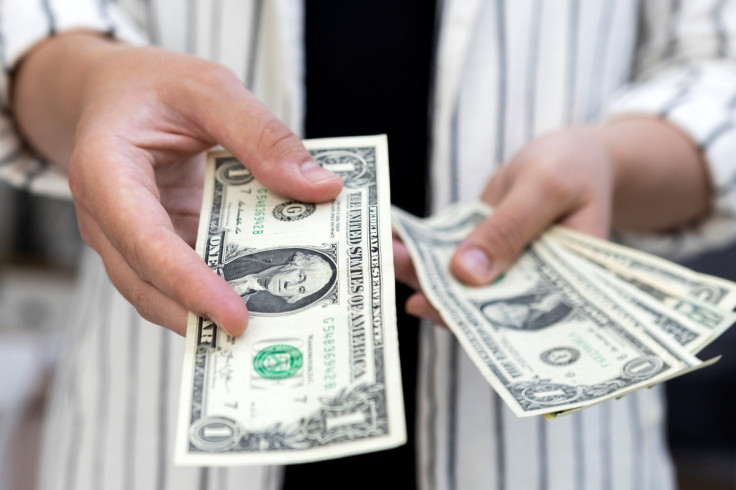The New Allowance Rule? Allow For Inflation

If you are feeling the effects of inflation, here is a news flash: Your kid is, too.
Allowances do not go as far as they used to.
In fact, average weekly allowances are up 3.55% through the first seven months of 2022, compared with the same period the year before, according to data compiled for Reuters by family finance app Greenlight. The average allowance is now $12.76 a week.
Most of the increase is headed into the pockets of older kids. From Jan. 1 through July 29, 17-year-olds saw a bump to $19.80 a week; 18-year-olds to $22.53; and 19-year-olds to $28.53, all major boosts over the previous year.
Younger children tended to see their allowances stay level, or even dip slightly.
"After all, older kids tend to spend more in general, such as on restaurant purchases," says Tim Sheehan, Greenlight's co-founder and CEO. "Or they are likely to be spending on gas, if they are 16 or older."
Inflation is the obvious culprit here, with the price of everything seeming to go up. The year-over-year inflation rate in August was 8.3% - dipping slightly from previous highs, but still eating into parents' paychecks.
Which begs the question: How much should parents factor inflation into their allowance-setting decisions, if at all? A few thoughts from experts:
USE THIS AS A TEACHABLE MOMENT
Whether or not you decide to boost your kid's allowance, rising prices across the board can definitely lead to some hard decisions about saving and spending - the kind of choices your children will have to make later in life.
It is a teachable moment for Houston financial planner Jason McGarraugh and his two daughters, ages 10 and 12.
"We are using this inflationary period to teach them how to make choices with the money they do have," McGarraugh says. "Just because prices have gone up, it doesn't mean you will get an automatic raise."
Both daughters are making adjustments to their spending habits.
"One has locked down and refuses to buy items at inflated prices," McGarraugh says. "The other is still spending, but accepting that she can't purchase as much as she could last year."
ALLOCATE MONEY INTO DIFFERENT BUCKETS
If you are giving your kids an inflation-related allowance bump, at least create responsible habits by making sure it does not all go into more spending.
Financial planner Laurie Allen of Manhattan Beach, California, uses Greenlight to split allowances for her daughter into 30% spending, 50% saving and 20% giving.
So while 20 bucks a week might seem handsome, "her fun money is only $6 a week, which I think is completely appropriate for a 10-year-old in the 5th grade," Allen said.
BOOST EARNING POTENTIAL
It is modern reality that for someone in their late teens, $15 or $20 is not going to stretch very far these days. So consider giving your kids the opportunity to earn more cash with "one-off" work projects that might fall outside the scope of their usual chores, says Greenlight's Sheehan.
After all, the 3.5% year-over-year allowance bump doesn't really reflect the full scope of all the inflationary pressures out there. "So parents might be giving them extra jobs outside their allowances, in order to compensate for inflation," he says. "I suspect there is much more of that going on."
STICK TO RULES OF THUMB
Throwing a ton of money at the inflation problem is probably not great, in terms of creating money-smart kids. But it's natural that as they age, they're going to need more pocket cash than when they were younger. So one general rule of thumb is to have allowances match a child's age, Sheehan suggests - a 12-year-old might be getting $12 a week, for example.
That way, every year is a trigger event that boosts their income and helps them cope with mounting costs.
"Our son's allowance goes up each year on his birthday, giving him a little more responsibility every year," says Mitchell Kraus, a financial planner in Santa Monica, California. "Over the years he has seen the cost of things go up and has had to figure out the best way to spend his money."
(Editing by Lauren Young and Leslie Adler; Follow us @ReutersMoney)
© Copyright Thomson Reuters 2024. All rights reserved.




















